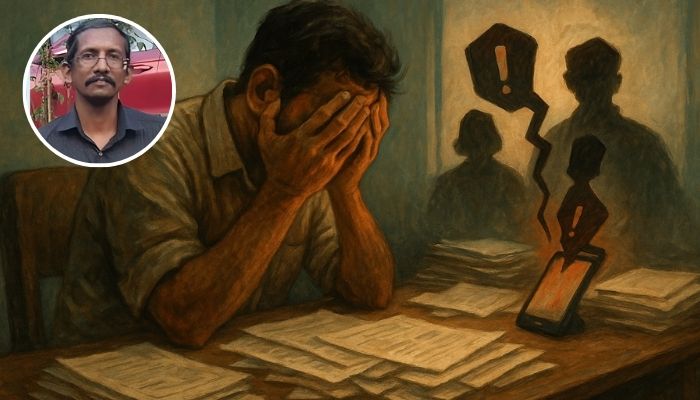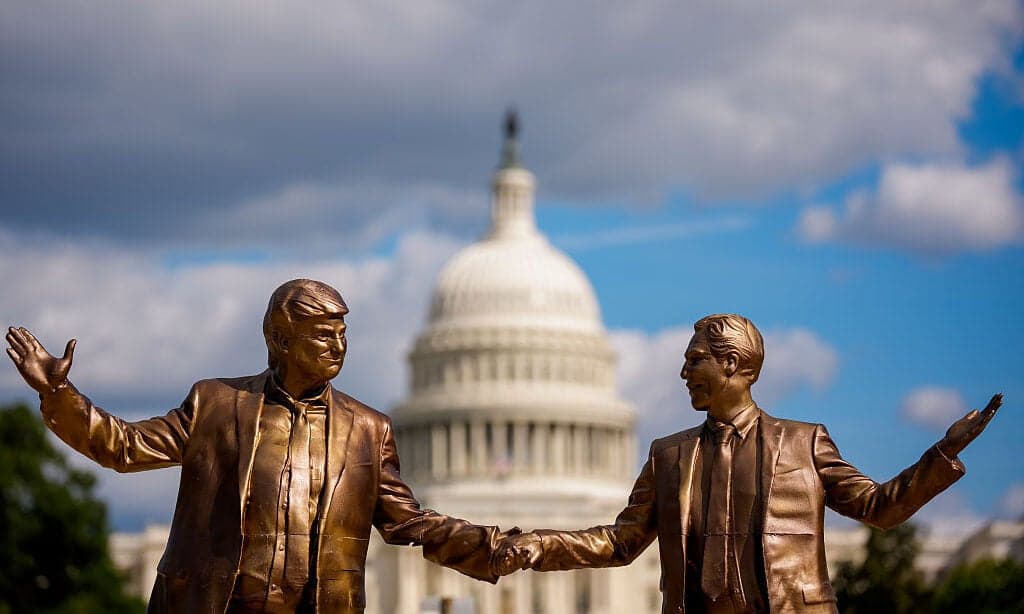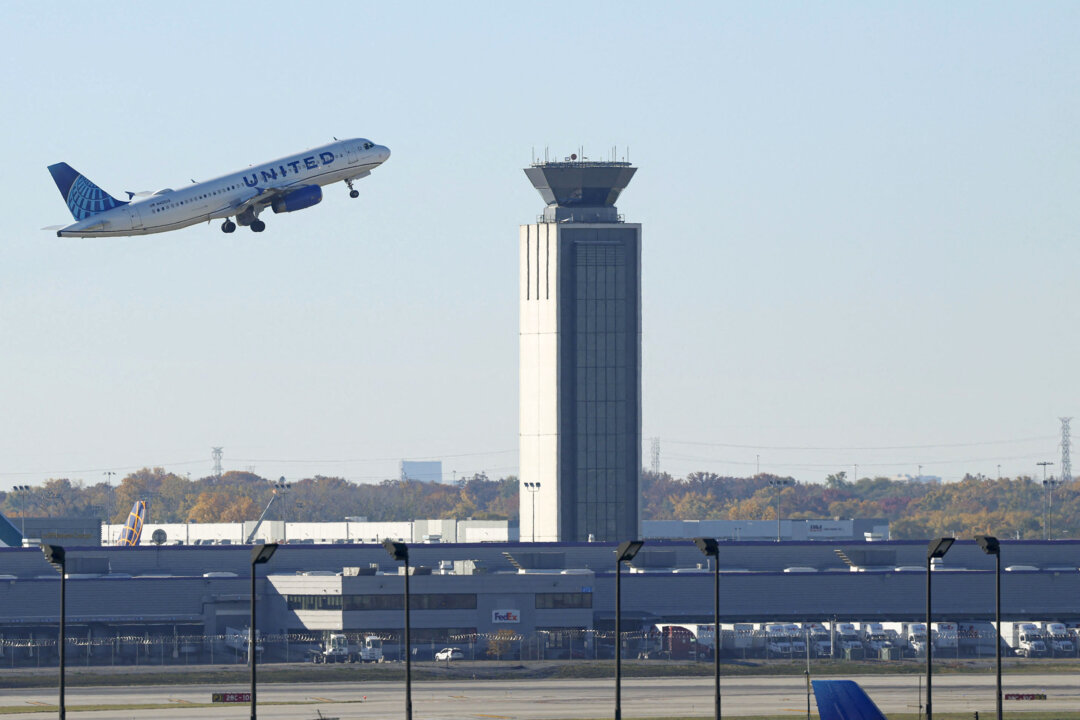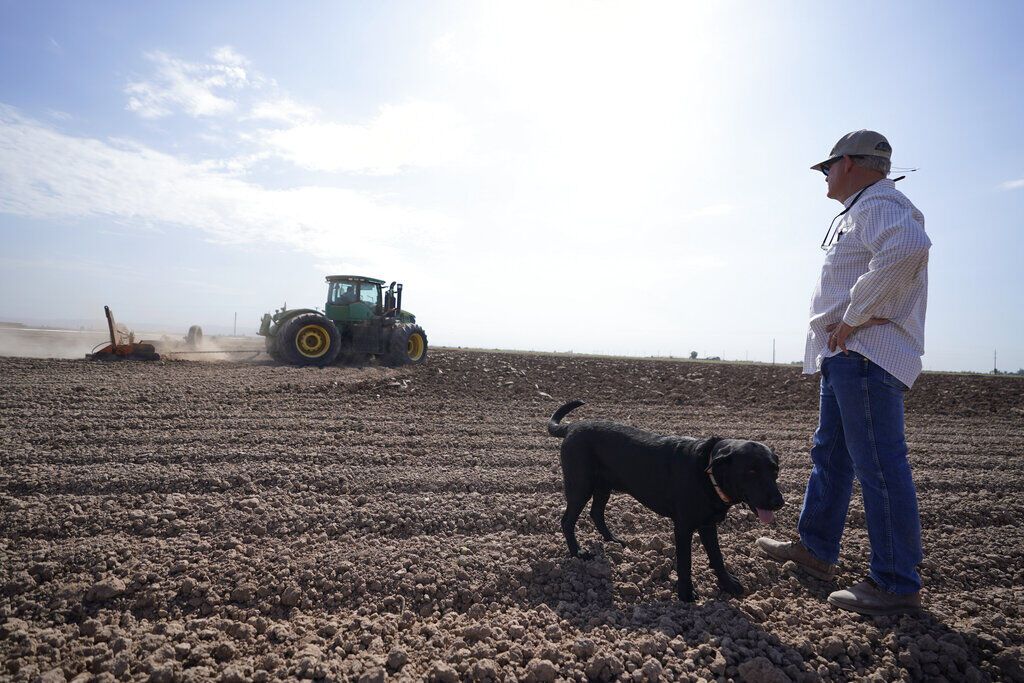Kerala BLO suicide points to alleged CPM pressure: Read how Rajdeep, TNM and others used the incident to blamed the SIR process and ECI
On 16th November, Booth Level Officer (BLO) Aneesh George was found dead in his house. Aneesh, who was a 44-year-old school employee from Ettukudukka in Kannur, Kerala, was serving as BLO for ward no 18 during the Special Intensive Revision (SIR) of electoral rolls in the state. The Payyannur Police has registered a case of unnatural death in the matter. Before the basic facts of the investigation were even settled, a very specific storyline began to take shape on national televisions and digital platforms. The death was immediately presented as a direct consequence of “unbearable SIR workload” and the case was used to target the Election Commission of India and its ongoing revision of the electoral rolls. Within the next 24 hours, what happened was not careful journalism but a textbook case of how a tragedy can be weaponised to malign an entire democratic exercise and to paint not only the Central Government but also the autonomous body that is the ECI in a bad light. How national media framed the suicide as a SIR workload story Several prominent media houses and journalists quickly cast Aneesh’s death as a result of SIR related workload. For instance, in its report, Times Now claimed that the BLO died by suicide as he was under “intense SIR related workload stress”. The report added that the district administration, in a later statement, said phone records showed no indication of work-related distress. That important nuance, however, was not what travelled widely on social media. It was the phrase “SIR related workload stress” that fit the emerging narrative. A tragic incident has been reported from Kerala’s Kannur: BLO Aneesh has allegedly died by suicide. His family says he was under intense SIR-related workload stress.In the latest update, the district administration has issued a statement saying 'no work-related distress was… pic.twitter.com/ZvYVbtF3vY— TIMES NOW (@TimesNow) November 17, 2025 India Today aired a segment along the lines of “SIR pressure claims two lives; BLO suicides shake election roll revision”. The narrative was pushed by India Today’s anchor Rajdeep Sardesai who pushed the idea that the SIR exercise had turned deadly. In his own post, quoting the India Today report, he said “two alleged deaths by suicide and one suicide attempt of BLOs over SIR in three different states because of unrealistic targets and deadlines”, and accused the ECI of brushing the matter aside. He lamented that such stories were not seen on “prime time” where “noise and opposition bashing” supposedly dominated. Get real India: 2 alleged deaths by suicide, one suicide attempt of BLOs over SIR in 3 diff states because of unrealistic targets and deadlines. Will @ECISVEEP as always brush it aside? Watch a story that you won’t find on prime time across so called news channels where noise and… https://t.co/z44f59PDQw— Rajdeep Sardesai (@sardesairajdeep) November 17, 2025 Digital portals followed the same script. The News Minute ran a news titled “BLO in Kerala dies by suicide, family alleges SIR work pressure”. They described SIR as the background and foreground of the tragedy. Selected parts of the family’s statements about stress were quoted to set the narrative. Source: TNM Dhanya Rajendran, founder of The News Minute, pushed the headline that a BLO in Kerala had died by suicide and that the family alleged SIR work pressure. Source: X In short, from television studios to digital newsrooms, the default conclusion was clear even while the probe had barely begun. The narrative was placed in the mind of the public that SIR killed the BLO. What the administration actually said about workload and SIR While social media debates raged, the district administration and the Chief Electoral Officer of Kerala issued statements that were not quite in line with the “SIR killed him” line. The Chief Electoral Officer, Rathan U Kelkar, said no formal complaints about work pressure had been received from BLOs. He also stated that for a period of 31 days, BLOs were assigned only SIR duties so that there would normally be no question of additional workload. BLO duties, he added, were carried out in a team based manner and officers, including himself and district collectors, had joined field visits to support staff. The Kannur district collector Arun K Vijayan pointed out that the information available so far from police and administrative enquiries did not establish a clear link between SIR duties and Aneesh’s death. In an official note, he clarified that Aneesh’s form distribution work was progressing satisfactorily. Out of 1,065 forms, Aneesh had already distributed 825, with 240 remaining, and when contacted on the morning of the incident he had said he would complete the work himself. These are not stray WhatsApp forwards but formal observations from the authorities responsible for the very process that was being blamed. Yet, those statements did not receive the amount of the at



On 16th November, Booth Level Officer (BLO) Aneesh George was found dead in his house. Aneesh, who was a 44-year-old school employee from Ettukudukka in Kannur, Kerala, was serving as BLO for ward no 18 during the Special Intensive Revision (SIR) of electoral rolls in the state. The Payyannur Police has registered a case of unnatural death in the matter.
Before the basic facts of the investigation were even settled, a very specific storyline began to take shape on national televisions and digital platforms. The death was immediately presented as a direct consequence of “unbearable SIR workload” and the case was used to target the Election Commission of India and its ongoing revision of the electoral rolls.
Within the next 24 hours, what happened was not careful journalism but a textbook case of how a tragedy can be weaponised to malign an entire democratic exercise and to paint not only the Central Government but also the autonomous body that is the ECI in a bad light.
How national media framed the suicide as a SIR workload story
Several prominent media houses and journalists quickly cast Aneesh’s death as a result of SIR related workload. For instance, in its report, Times Now claimed that the BLO died by suicide as he was under “intense SIR related workload stress”. The report added that the district administration, in a later statement, said phone records showed no indication of work-related distress. That important nuance, however, was not what travelled widely on social media. It was the phrase “SIR related workload stress” that fit the emerging narrative.
A tragic incident has been reported from Kerala’s Kannur: BLO Aneesh has allegedly died by suicide. His family says he was under intense SIR-related workload stress.
— TIMES NOW (@TimesNow) November 17, 2025
In the latest update, the district administration has issued a statement saying 'no work-related distress was… pic.twitter.com/ZvYVbtF3vY
India Today aired a segment along the lines of “SIR pressure claims two lives; BLO suicides shake election roll revision”. The narrative was pushed by India Today’s anchor Rajdeep Sardesai who pushed the idea that the SIR exercise had turned deadly. In his own post, quoting the India Today report, he said “two alleged deaths by suicide and one suicide attempt of BLOs over SIR in three different states because of unrealistic targets and deadlines”, and accused the ECI of brushing the matter aside. He lamented that such stories were not seen on “prime time” where “noise and opposition bashing” supposedly dominated.
Get real India: 2 alleged deaths by suicide, one suicide attempt of BLOs over SIR in 3 diff states because of unrealistic targets and deadlines. Will @ECISVEEP as always brush it aside? Watch a story that you won’t find on prime time across so called news channels where noise and… https://t.co/z44f59PDQw
— Rajdeep Sardesai (@sardesairajdeep) November 17, 2025
Digital portals followed the same script. The News Minute ran a news titled “BLO in Kerala dies by suicide, family alleges SIR work pressure”. They described SIR as the background and foreground of the tragedy. Selected parts of the family’s statements about stress were quoted to set the narrative.
Dhanya Rajendran, founder of The News Minute, pushed the headline that a BLO in Kerala had died by suicide and that the family alleged SIR work pressure.
In short, from television studios to digital newsrooms, the default conclusion was clear even while the probe had barely begun. The narrative was placed in the mind of the public that SIR killed the BLO.
What the administration actually said about workload and SIR
While social media debates raged, the district administration and the Chief Electoral Officer of Kerala issued statements that were not quite in line with the “SIR killed him” line.
The Chief Electoral Officer, Rathan U Kelkar, said no formal complaints about work pressure had been received from BLOs. He also stated that for a period of 31 days, BLOs were assigned only SIR duties so that there would normally be no question of additional workload. BLO duties, he added, were carried out in a team based manner and officers, including himself and district collectors, had joined field visits to support staff.
The Kannur district collector Arun K Vijayan pointed out that the information available so far from police and administrative enquiries did not establish a clear link between SIR duties and Aneesh’s death. In an official note, he clarified that Aneesh’s form distribution work was progressing satisfactorily. Out of 1,065 forms, Aneesh had already distributed 825, with 240 remaining, and when contacted on the morning of the incident he had said he would complete the work himself.
These are not stray WhatsApp forwards but formal observations from the authorities responsible for the very process that was being blamed. Yet, those statements did not receive the amount of the attention that the “SIR workload” tagline did.
The part many national outlets underplayed – allegation of CPM pressure
As the SIR story was getting traction on national platforms, another set of facts began to surface through local reporting and statements from the Congress in Kerala. In a press interaction, Martin George, District Congress Committee President of Kannur, released an audio clip of a phone conversation between Aneesh and a Congress Booth Level Agent (BLA).
According to Times of India and the New Indian Express reports, int the audio, Aneesh could be heard speaking about pressure from local CPM leaders regarding how he carried out door to door work during the SIR exercise. Notably, in an earlier report, The New Indian Express had also cited SIR pressure as the reason of suicide.
Congress leaders alleged that while political parties were allowed to depute their own booth level agents to accompany BLOs, CPM functionaries insisted that Aneesh drop the Congress agent and instead take CPM leaders along on his visits. It was claimed that a CPM booth level agent threatened Aneesh, allegedly warning him that a false complaint could be filed accusing him of distributing Congress pamphlets during official work.
The Congress demanded that a case be registered against the CPM functionary concerned, saying the suicide was not due to workload but due to political intimidation.
The New Indian Express report went further into the context. It described how Aneesh was not very familiar with the booth area he had been assigned, how he had limited interaction with the wider community, and how that unfamiliarity added to his stress when coupled with political pressure. Family members and acquaintances told the newspaper that he had been visibly tense, often awake till late night and pacing restlessly as he tried to finish his BLO duties.
In other words, an emerging picture suggested a mix of factors, with alleged pressure from CPM workers forming a significant part of the story. Yet the loudest national conversation still portrayed the tragedy almost purely as an example of “SIR workload killing BLOs”.
What the available facts actually say
Putting all the material together, a more balanced picture looks very different from the linear story sold initially. Aneesh George was a BLO during SIR in Kannur and he tragically died by suicide. His family and relatives did speak of stress related to his work and his difficulty in handling responsibilities in an unfamiliar area, and their grief and perception must be respected.
At the same time, the district administration and the Chief Electoral Officer have so far found no concrete indication of work related distress in phone records or formal complaints, and maintain that his SIR work was progressing on schedule. Local Congress leaders have released an audio clip and alleged that CPM functionaries put political pressure on Aneesh, insisting that he sideline Congress booth agents and threatening to file false complaints, while CPM denies these charges and blames the Election Commission for workload.
There is, therefore, no settled investigation backed conclusion that SIR workload alone was responsible for the suicide. Political pressure from CPM workers is a serious allegation that must be probed, and work strain is a factor mentioned by the family, but the final word must come from a proper inquiry rather than from prime time assertions.
Conclusion
Given the evidence available so far, the national media’s rush to blame SIR and the Election Commission for Aneesh’s death is premature and, in many cases, a deliberate narrative play. Outlets like The News Minute, India Today and commentators such as Rajdeep Sardesai ignored key facts, including the administration’s denial of any record of work related distress and the serious allegation that CPM functionaries intimidated the BLO. A complex case was flattened into a convenient anti SIR story. The exact reasons behind the tragedy require proper investigation, and the claim that SIR workload alone caused his death is not supported by facts.






































































